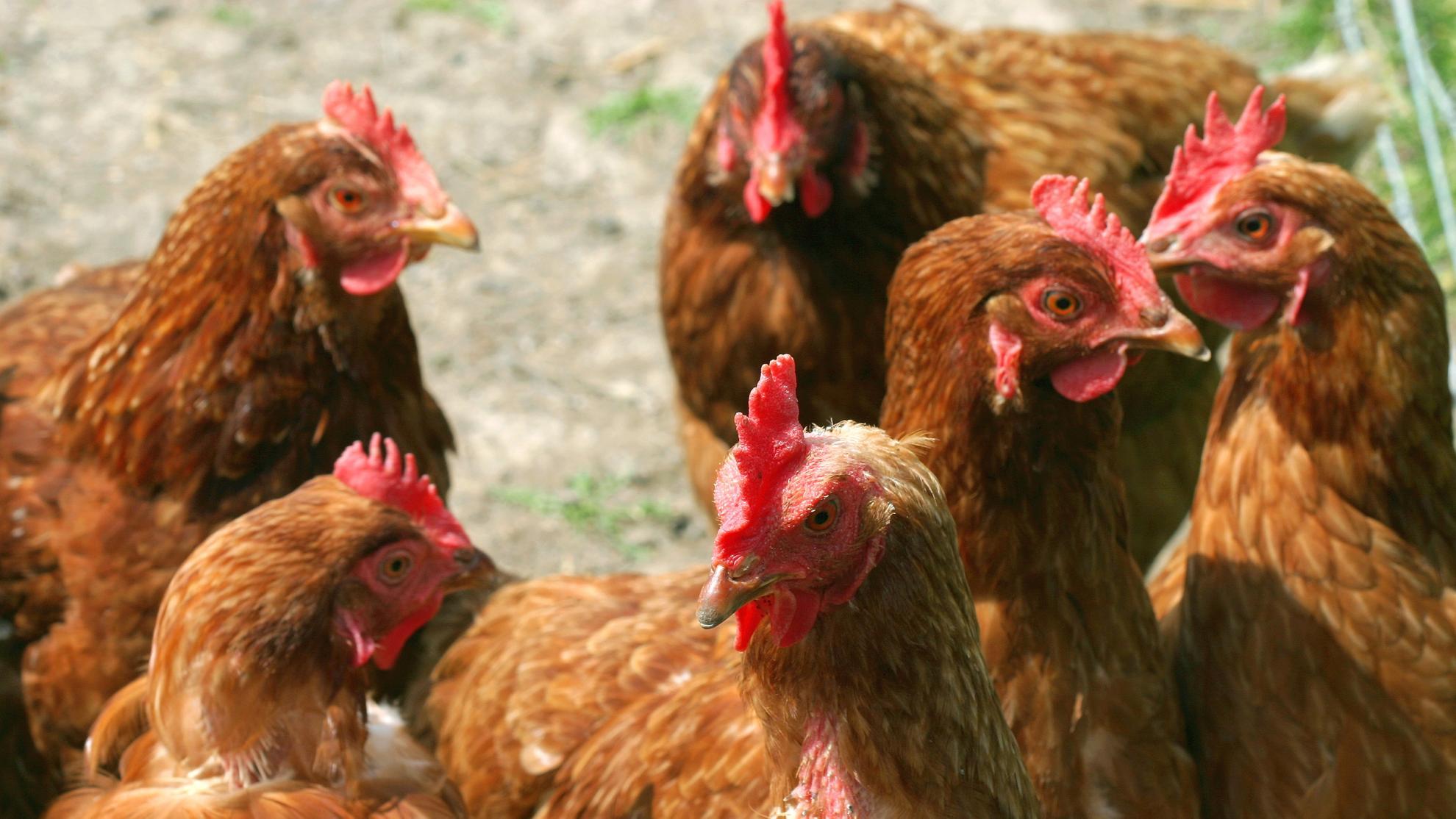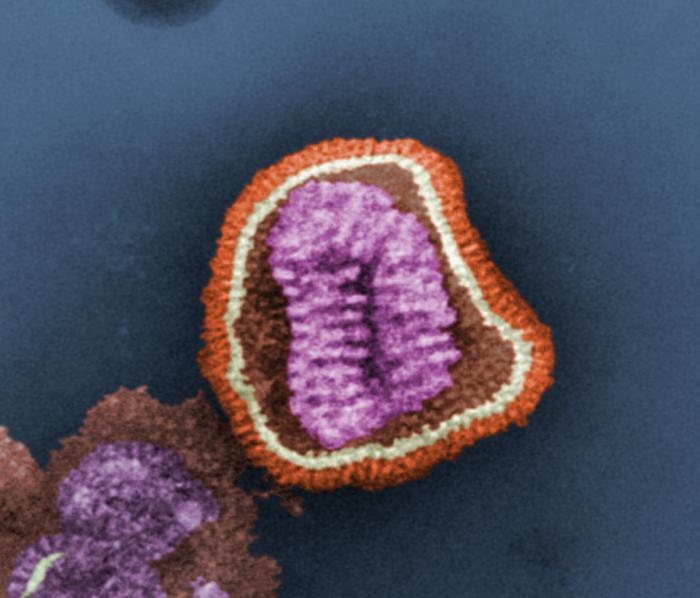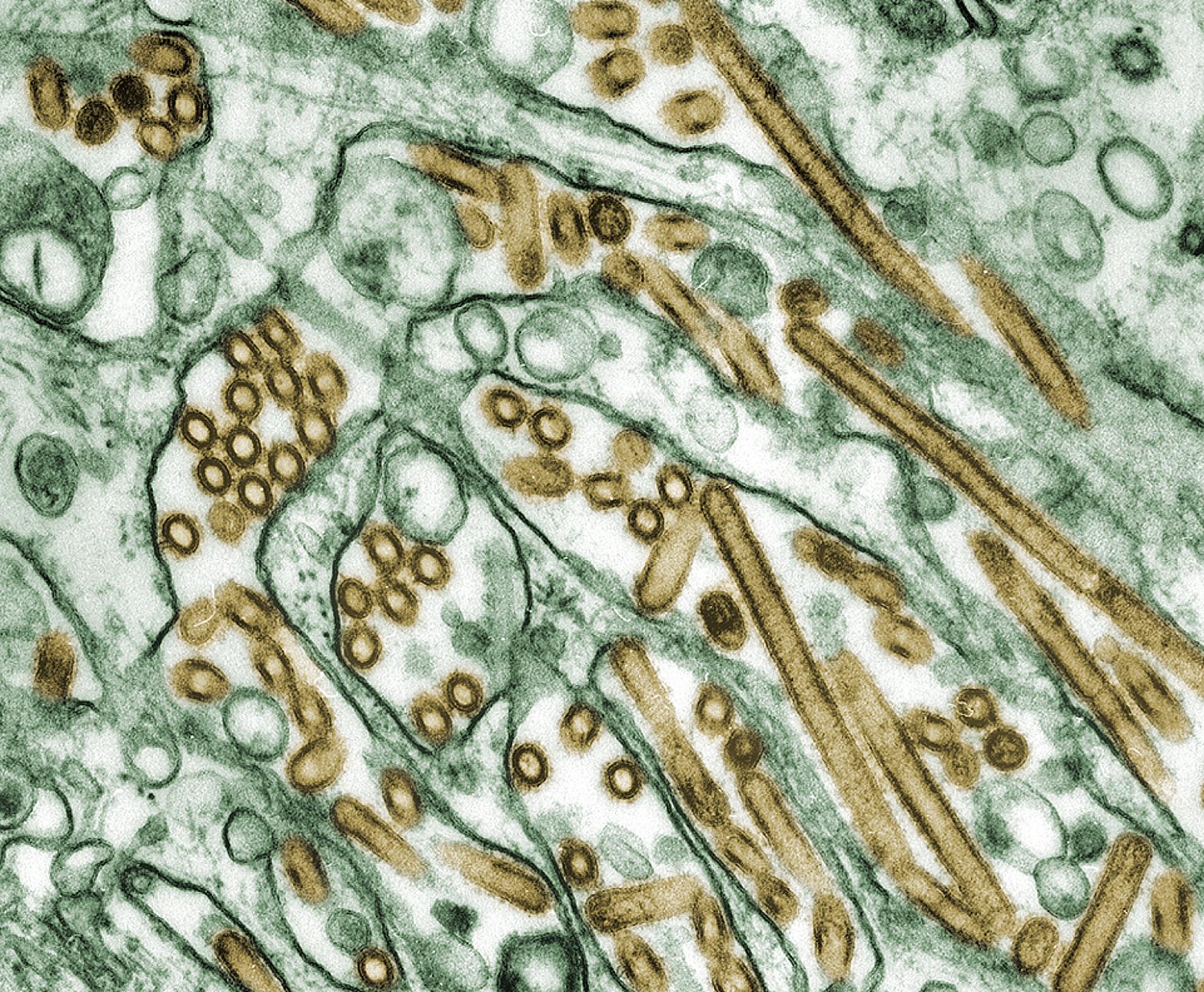Influenza A virus PB1-F2 protein prolongs viral shedding in chickens lengthening the transmission window
Avian influenza is a significant economic burden on the poultry industry in geographic regions where it is enzootic. It also poses a public health concern when avian influenza subtypes infect humans, often with high mortality. Understanding viral genetic factors which positively contribute to influenza A virus (IAV) fitness; infectivity, spread and pathogenesis, is of great importance both for human and livestock health. PB1-F2 is a small accessory protein encoded by IAV and in mammalian hosts has been implicated in a wide range of functions that contribute to increased pathogenesis. In the avian host the protein has been understudied despite high level full-length conservation in avian IAV isolates which is in contrast to the truncations of the PB1-F2 length frequently found in mammalian host isolates. Here we report that the presence of a full-length PB1-F2 protein, from a low pathogenicity H9N2 avian influenza virus, prolongs infectious virus shedding from directly inoculated chickens thereby enhancing transmission of the virus by lengthening the transmission window to contact birds. As well as extending transmission, the presence of a full-length PB1-F2 suppresses pathogenicity evidenced by an increased minimum lethal dose in embryonated chicken eggs and increasing survival in directly infected birds when compared to a virus lacking an open reading frame for PB1-F2. We propose that there is a positive pressure to maintain a full-length functional PB1-F2 protein upon infection of avian hosts as it contributes to the effective transmission of IAV in the field.


